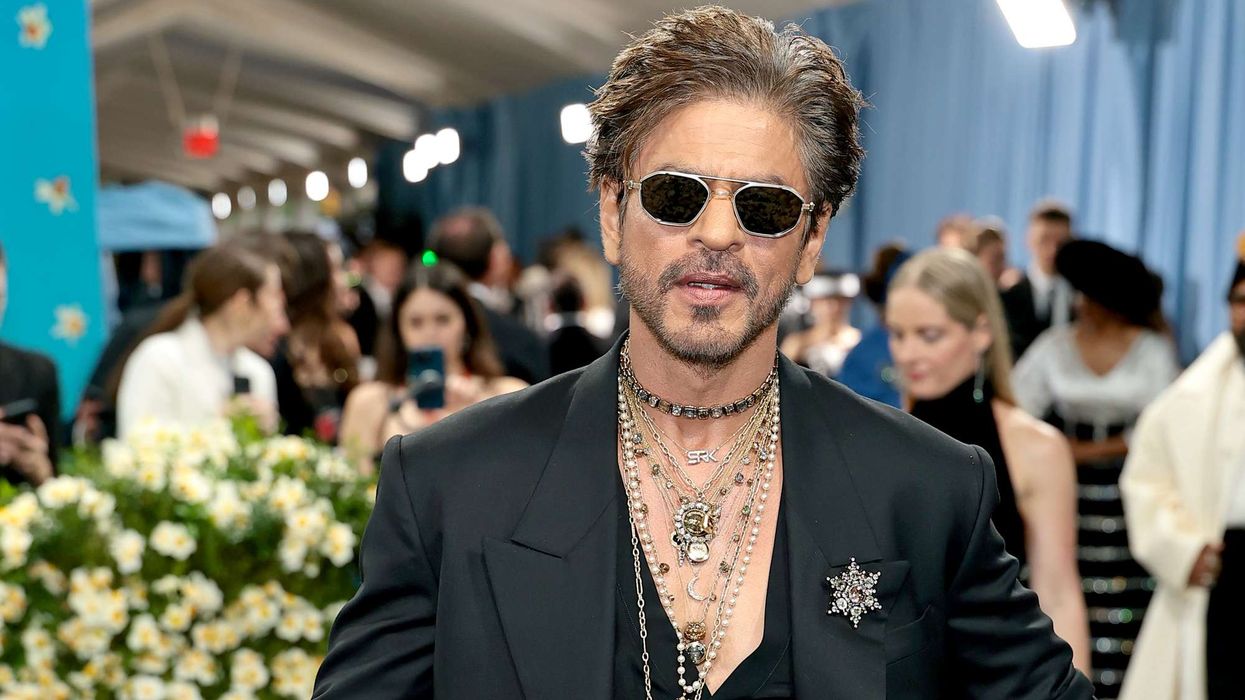by LAUREN CODLING
A STORY set in Mughal India, which has been reimagined for the first time in more than 300 years, is currently showing at a London theatre.
The Captive Queen is a modern- day version of John Dryden’s 1676 tragic-drama Aureng-zebe, a story set in Mughal India and loosely based on the relationship between the four sons of Shah Jahan, the fifth Mogul emperor, who built the Taj Mahal for his wife Mumtaz Mahal.
Currently being shown at the Globe’s Sam Wanamaker Playhouse in central London, the story is set in the woollen mills of northern England in the late 20th century.
Director Barrie Rutter, who also performs as the emperor, has retained many of Dryden’s
original Indian themes. This includes composer Niraj Chag’s original score which combines
the rhythm and feels of India.
Actress Neerja Naik plays the role of Indamora, the title character, who is being held by
force by the king. Having fallen in love with the ruler’s eldest son Aurengzebe, played by actor Naeem Hayat, the plot thickens as the four main male characters begin to fall under Indamora’s spell and confess their love for her throughout several key points in the story.
Naik, who has worked on such theatre productions as William Shakespeare’s A Midsummer
Night’s Dream, told Eastern Eye that being on stage at the Sam Wanamaker Playhouse was
“remarkable” for her as an actress.
“This audience interaction is especially live in the playhouse where you can see everyone lit
by candlelight… it’s very special,” she said.
The British actress, who has previously worked in film and television, said regardless of the medium, an actor strives for truth, whether it be on screen or on stage.
“Someone once told me that people go to the theatre to hear a play, whereas we go to the
cinema to see a film,” she said. “In the silences with screen, the camera can see your thoughts up close and this is very intimate, but the immediacy of reaching an audience in the theatre, in that moment that will never be lived again, is something that I love too.”
Talking about her character, Naik admits some people have responded to Indamora with
distrust and she has had some “interesting” feedback to the show.
“[Indamora] must navigate her way through these men, while also trying to secure her survival and the life of the man she loves,” she said.
“After finding herself in a precarious position, I think she shows herself to be incredibly quick thinking and pragmatic.
“She wears a lot of different masks to secure her position and also has some wit about her.
Some people have said that they like her, but they’re not sure if they trust her – I think that’s an interesting combination in a character.”
Indian undertones are prominent throughout the staging. The show primarily features
Asian actors and of the three onstage musicians performing Chag’s score, two are Asian, including singer Nawazish Ali Khan, a classical trained singer from the Gwalior gharana [style].
Chag said the music was heavily influenced by the sounds of Mughal India.
“Sufism has been an important inspiration and many of the time cycles and scales I have
gone with come from this ancient devotional form,” he revealed. “To contrast with this, some of the other sounds are more militant.
“The ideas of war and industry feature heavily in the play and the score reflects this with
militant percussion, mechanical like repetition and rhythmic syncopation.”
On working as an Asian performer in the industry, Nair acknowledges the business is already a tough one to navigate, and that ethnicity and gender can make it harder.
“I’m very conscious that most actors find it difficult to get work,” Nair said. “As a female
Asian actress, that challenge is even harder as there are fewer roles out there.
“I feel like change is happening, but it needs to keep going.”
The Captive Queen is at the Globe’s Sam Wanamaker Playhouse until next Sunday (4)





 Shah Rukh Khan in his Sabyasachi outfit at the 2025 Met Gala Getty Images
Shah Rukh Khan in his Sabyasachi outfit at the 2025 Met Gala Getty Images  Shah Rukh Khan arriving on the Met Gala carpet in New YorkGetty Images
Shah Rukh Khan arriving on the Met Gala carpet in New YorkGetty Images





